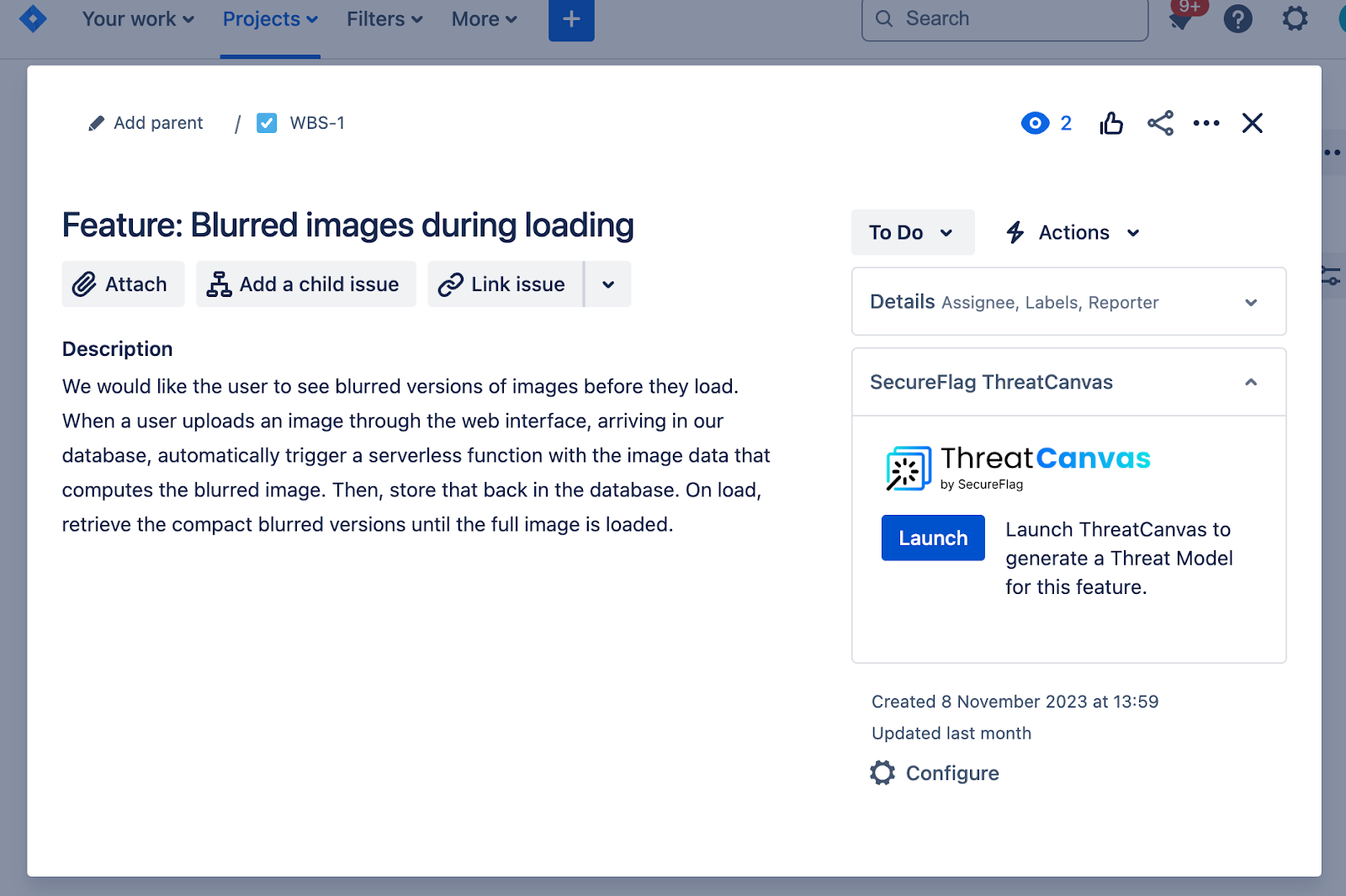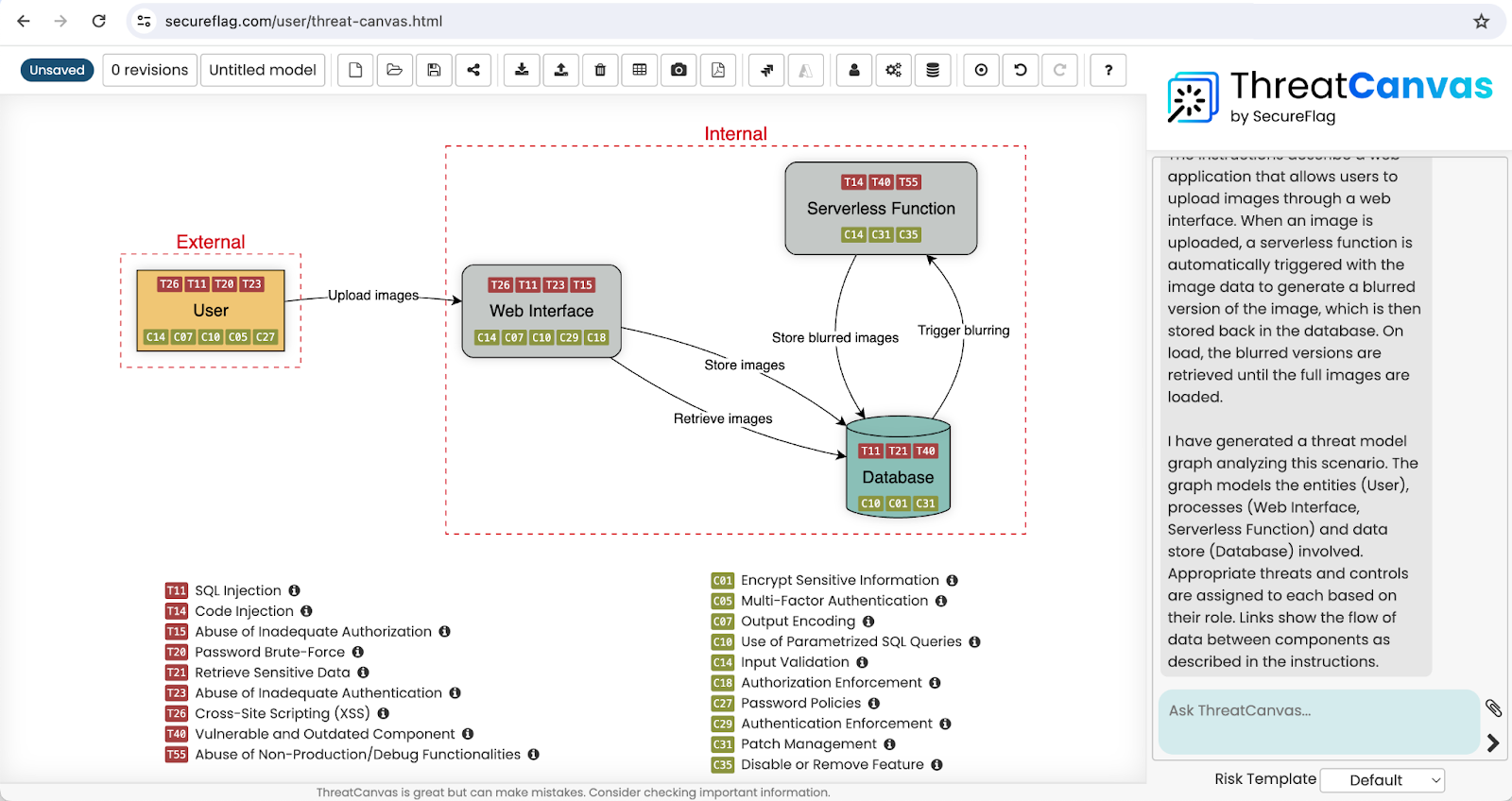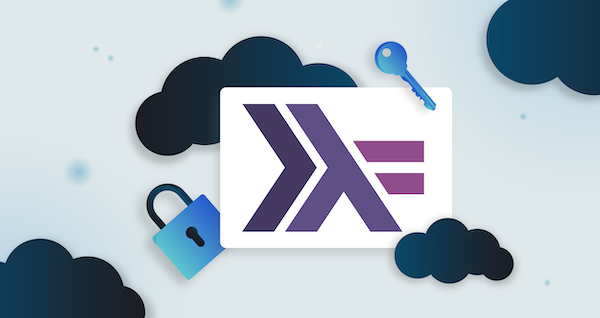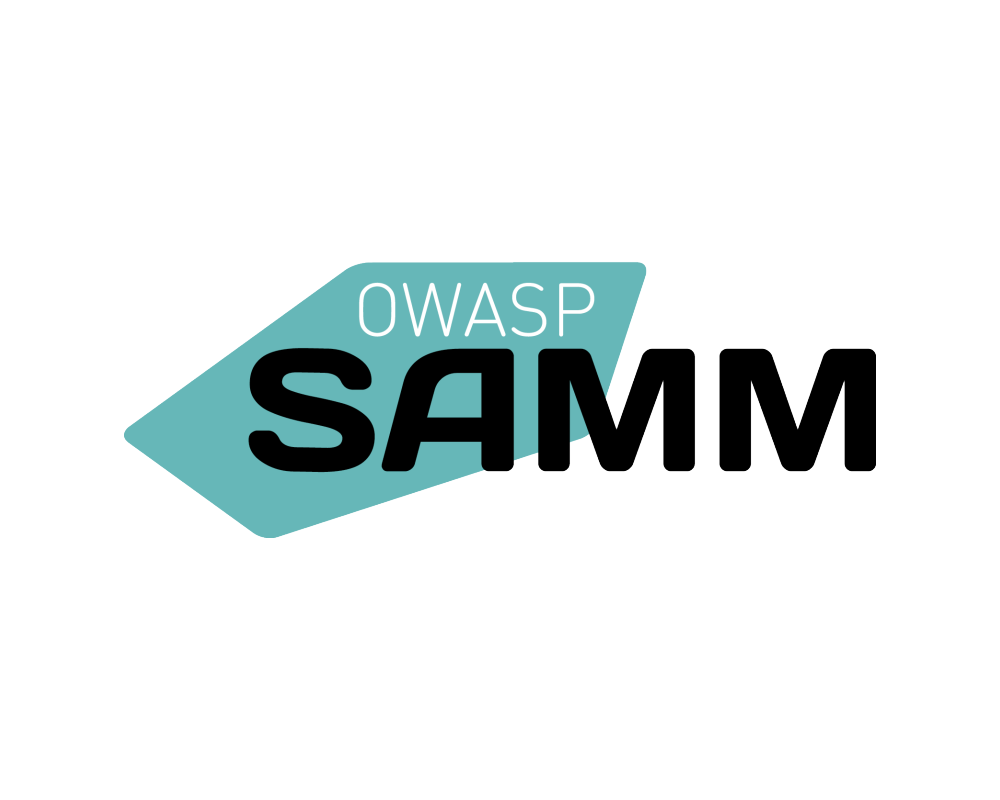Integrating security into the Software Development Life Cycle (SDLC) is more relevant than ever before. Developers are tasked with considering security from the earliest stages of design and development, to ensure that potential threats are identified and mitigated before they become issues.
Threat Modeling is an immensely useful tool in evaluating and addressing where potential threats are and how they can be alleviated before becoming issues. Still, while useful, it has also historically been very difficult to scale due to how manual the process is. This is where ThreatCanvas comes into play; with its seamless integration with Jira, ThreatCanvas makes it possible to embed threat modeling into the SDLC—enabling developers to generate threat models in just a few seconds while working on new features and incorporating necessary security controls right from the start.
Integrating ThreatCanvas with Jira
Let’s take a look at an example using Jira (ThreatCanvas will follow a similar process with Azure Boards). Imagine a developer is assigned a new story in Jira, they can initiate the Threat Modeling process directly within their Jira workflow. Here’s how it works:
1. The developer, upon being assigned a new story, clicks on the ThreatCanvas button within Jira which in turn redirects them to the ThreatCanvas platform.

2. Within a few seconds, ThreatCanvas generates a comprehensive threat model for the functionality the developer needs to build. The developer reviews the generated threat model, refining it if necessary, and carefully considers all identified threats and suggested controls. Once satisfied with the model, the developer saves the results back to Jira.

3. The saved threat model results in Jira now include several components:
- A link to continue refining the Threat Model on the ThreatCanvas platform,
- A PDF report,
- A JSON export,
- Optional child issues. These child issues represent actions identified during the threat modeling process and are added to the backlog of the Jira story.

Empowering Developers with Contextual Security
Using the SecureFlag integration empowers teams in a couple of ways; firstly, it allows developers to evaluate potential threats to their design before they even write a single line of code, similar to having a contextual security checklist that guides developers through potential security concerns relevant to their task. It also encourages a proactive approach in the SDLC, enabling developers to incorporate security controls from the very beginning and, in turn, significantly reducing the risk of vulnerabilities.
ThreatCanvas also minimizes the reliance on security teams, which are often stretched thin. By embedding security considerations directly into the development workflow, organizations can distribute the responsibility of security more evenly across the development team. This enhances the overall security posture and fosters a culture of security awareness among developers.
Customizing Threats and Controls
One of ThreatCanvas’ standout features is its customization capability. Organizations can tailor the identified threats and suggested controls to better fit their specific industry and threat landscape, ensuring that the threat modeling process remains highly relevant and effective in addressing the unique security challenges faced by different organizations.
For instance, a financial institution might have different security concerns than a healthcare provider. With ThreatCanvas, you can customize the Threat and Control Library and create custom Risk Templates to tailor to any niche.
The Benefits of Integrated Threat Modeling
ThreatCanvas makes it easier than ever to integrate Threat Modeling into the SDLC with minimal overhead, empowering developers to build secure applications from the ground up.
By leveraging integrations with tools like Jira (and soon, Azure Boards), organizations can ensure that security is an integral part of the development process, ultimately leading to more resilient and secure software solutions and reduced security rework.
Get in touch with our team today to learn more about how ThreatCanvas can boost your developers security awareness, and create Threat Models in seconds.


